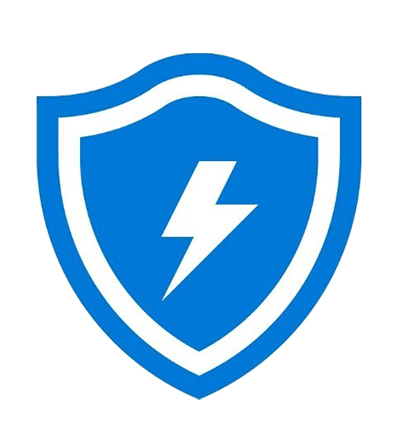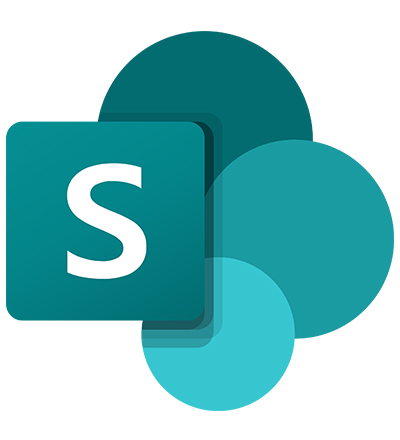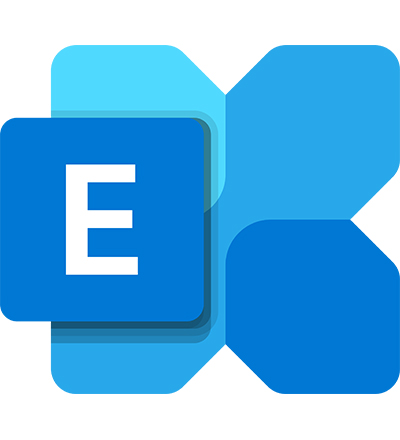WORK WITH VAT ON SALES AND PURCHASES
Calculating and Displaying VAT Amounts in Sales and Purchase Documents
Depending on the type of customer or vendor, you can calculate and display VAT amounts in sales and purchase documents differently.
You may also override the calculate VAT amount to accommodate the VAT amount calculated by your vendor for specific transaction.
Unit Price and Line Amount Including/Excluding VAT on sales documents
When you enter an item number in the No. field of a sales document, Business Central automatically fills in the Unit Price field. The unit price is determined by the Item card or the item prices allowed for the item and customer. Business Central calculates the Line Amount when you enter a quantity for the line.
If you sell to retail customers, you may want the prices on your sales documents to include VAT. Select the Prices Including VAT check box on the document.

If the Prices Including VAT check box is chosen on a sales document, the Unit Price and Line Amount fields include VAT, and the field names will also reflect this. By default, VAT is not included in these fields.
If the field is not selected, the system will fill in the Unit Price and Line Amount field excluding VAT and the field names will reflect this.
You can set up the default setting of the Prices Including VAT for all sales documents for a customer in the Prices Including VAT field on the Customer card.

You can also set up item prices to include or exclude VAT. Normally, item prices contained in the Item Card will be the price excluding VAT. The program uses the information from the Price Includes VAT field on the Item card to determine the unit price amount for sales documents.

The following table provides an overview of how the BC calculates the unit price amounts for a sales document when you have not set up prices on the Sales Prices page:
| Price Includes VAT field on Item Card | Prices Including VAT field in Sales Header | Action Performed |
| No check mark | No check mark | The Unit Price on the Item Card is copied to Unit Price Excl. VAT field on the sales lines. |
| No check mark | Check mark |
The system calculates the VAT amount per unit and adds to the Unit Price on the Item Card. This total Unit Price is then entered in the Unit Price Incl. VAT field on the sales lines. |
| Check mark | No check mark |
The system calculates the VAT amount included in the Unit Price on the Item Card using the VAT% related to the VAT Bus. Posting Group and the VAT Prod. Posting Group combination. The Unit Price on the Item Card, reduced by the VAT amount, is then entered in the Unit Price Excl. VAT field in the sales lines. |
| Check mark | Check mark | The Unit Price on the Item Card is copied to Unit Price Incl. VAT field on the sales lines. |
To create and post the invoice for the import authority vendor
- Choose the search icon, enter Purchase Invoices, and then choose the related link.
- Create a new purchase invoice.
- In the Buy-from Vendor No.field, choose the import authority vendor (Ex: Director General of Customs)
- In the purchase line, in the Typefield, choose G/L Account, and in the field, choose the import VAT general ledger account.
- In the Quantityfield, type 1 and in the Direct Unit Cost Excl. VAT field, specify the VAT amount.
- Post the invoice.

VAT Settlement
End of the month or quarter, you must remit the net VAT to The Inland Revenue Dept of Sri Lanka. If you need to settle VAT frequently, you can run the Calc. and Post VAT Settlement batch job to close the open VAT entries and transfer purchase and sales VAT amounts to the VAT settlement account.
When you transfer VAT amounts to the settlement account, the purchase VAT account is credited, and the sales VAT account is debited with the amounts calculated for the specified period. You can post the settlement immediately or print a test report first.
Choose the search icon, enter Calculate and Post VAT Settlement, and then choose the related link.











